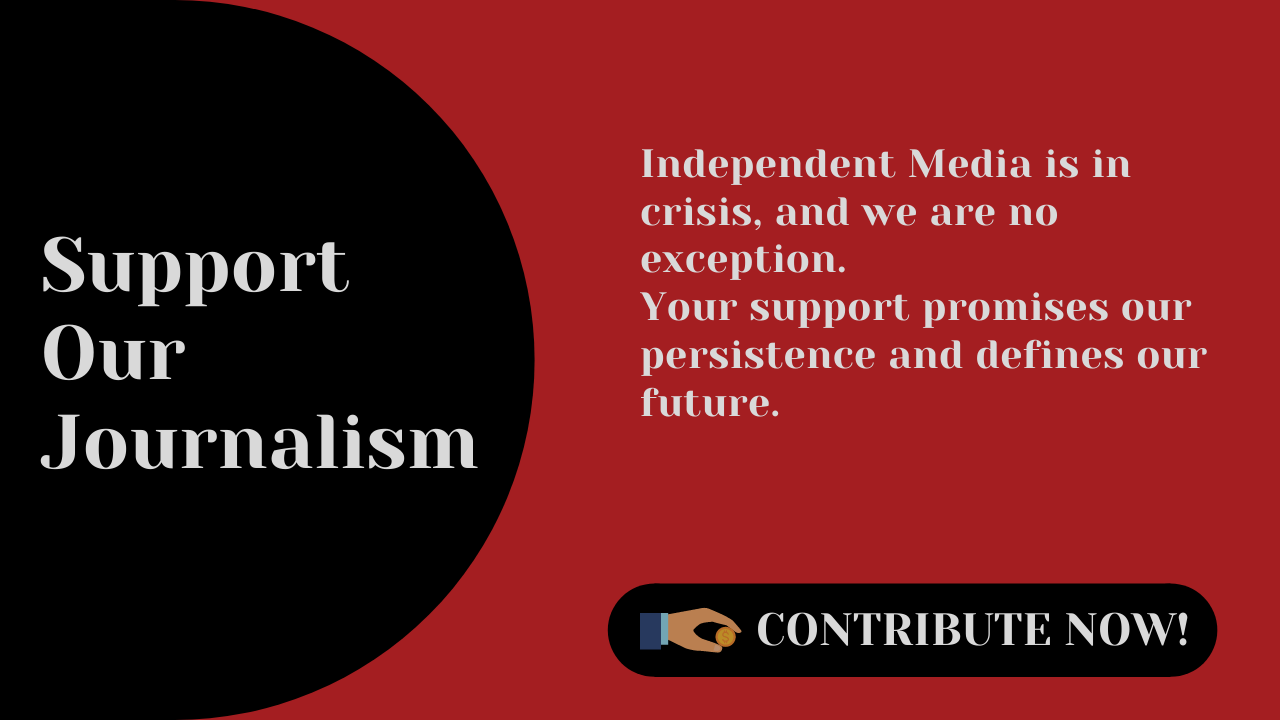The Role of Journalism in a Post-truth Era

Munawar Hussain is an Anant-Fellow at the University of Ahmedabad.
‘A lie can travel halfway around the world while the truth is putting on its shoes.’
― Mark Twain
You were helping the tea to get down your throat; suddenly someone approached only to broach the topic of ‘homosexuality’. You censored every opinion regarding this phenomenon so as to pave the way for objective facts. The other person, however, invoked his prejudicial thinking and also went to Google University to find every sort of justification and rationalization to what you said. He also accused you of cooking a personalized version of the truth, therefore rejected everything that came to his way. Welcome to the post-truth world, where emotions and personalized opinions influence people much more than facts.
Is it possible to have an episteme where the only dish in a ceremony is the truth and nothing else? Or, do we, through an anti-modernistic lens, witness increased societal preference for emotion and sensation to comprehend natural phenomena in this zeitgeist? Did historical minds, and their extensions, filter out pathos while discussing or formulating decisions? Has the profession of journalism produced and triggered the phenomenon of post-truth? Has media legitimized the thought process of a prejudiced individual, and morphed it into a relatively acceptable sentiment, instead of objective reality? Is what used to be whispered in the corners and undiscussed at public forums, now hailed as more indispensable than facts?
These relentless questions come to mind whenever one thinks of a post-truth world. We will try to address these in the following paragraphs.
Though officially introduced by the Serbian-American Playwright, Steve Tesich, in January 1992, while writing about American scandals springing at home and overseas, the word post-truth was used earlier to describe the scheme of things pertaining to the aftermath of any phenomenon embodying verifiable facts. Tesich, however, defined the term which was later on officialised by the Oxford Dictionary as ‘circumstances in which objective facts are less influential in shaping public opinion than appeals to emotion and personal belief.’ It resurfaced around 2016 when Trump became POTUS, Brexit happened, and certain other dramatic counterintuitive changes materialized in the world. The demagoguery rose up unflinchingly where individuals rode the horses of emotions to gravitate as much support as conjured.
The post-truth era is not an exclusive event of the 21st Century. People in past, mostly dictators, have leveraged and capitalized on this phenomenon to pitch one section of people against the other. One can quote examples of Hitler, Mussolini and Stalin, who championed in the application of selective exploitation of emotions to instigate mass approval of their dictums or disapproval of emotions of large swathes of populations.
Support Our Journalism
You are reading this because you value quality and serious journalism.
But, serious journalism needs serious support. We need readers like you to support us and pay for making quality and independent journalism more vibrant.

Generally speaking, it is an instinctive tendency of a human to get along with emotions or personal predispositions, instead of facts which demand active involvement and can be demonstrably proven false or otherwise. So, the post-truth era suggests a predominance of bias and subjectivity in public discourse, which was already suffused in conversations of people engendered in their bedrooms, community halls, and barbershops, or in informal and formal public spaces. Now, these colloquial conversations have been handed a megaphone. These big lies were already there; the current media, driven by profits have taken it from these spaces, spread it out to the public, and thereby legitimized them.
The de-democratization of media has added another worrying dimension to the debate of emotions influencing human discretion. Earlier any type of message to be communicated would be scrutinized, thoroughly invigilated, and would go through various checks and balances, before being sent off. Now, with the advent of technological prowess, anyone can tweet, post, and snap anytime, anywhere and anything. This disintermediation has its own shortcomings and boons. For instance, it used to be very embarrassing to deal with a mistake made while writing a report in a reputed newspaper read by millions; but now because of digitalization people can edit, remove or add instantaneously, therefore, preclude themselves from mass loathing. Also, as until now because of non-organic revenue models, major media enterprises treat news reports as pieces of algorithms; the bigger, the better. It is obvious that social media favours polarizing negative, vile and violent content. Therefore, stories rife with sensations are carried to millions rather than a life-changing quote by a philosopher or a story about agricultural advancement, for example.
Journalism and its new forms, like new media and citizen journalism, have given a platform to everybody who owns a mobile to spread information. This platform can be used to add value to peoples’ lives, or can equally be abused to hurt them.
With the kind of revenue models of a majority of news conglomerates, specifically in the Indian context who significantly derive their resources from advertising provided by Government or corporations, doing objective reporting is not feasible as it costs a good deal of money. Also, this system is antagonistic to editorial autonomy. There are, however, media institutions like the New York Times or BBC, which rely on the economic model funded directly by the responsible citizenry that consequently helps them to remain relatively objective.
The most pertinent question is whether to trust media institutions that provide us with information? Is that trust dwindling every passing moment? How can one ensure trust without indulging in cunning marketing strategies which try to cover wrong-doings? It is a long, tiring journey whereby one has to persistently look for journalistic products which strike a balance between objective, useful reporting and financial remuneration of it. This truth-producing infrastructure has to come up with an alternative revenue model and innovations capable of accruing them autonomy, simultaneously imparting editorial freedom, identifying fundamental principles to pursue objectivity, and to separate advertisements from the news. Stories need to be treated in a humane manner rather than analysing them algorithmically. They need to arm themselves with rationality and bring public issues to the spotlight instead of running behind page three journalism and non-issues.
Journalism as the fourth pillar of democracy provides an opportunity where one can demystify unreasonable patterns of thought currently in vogue in our society. Through well-regulated policies bound by unanimously accepted ethical systems, citizen journalistic adventures based on conscientious objectivity will certainly help people to ingest reports unpolluted by affecting reality. Both traditional and new forms of media can be leveraged occasionally to dent or sometimes burst open the microscopic bubble, made of half-truth and emotions, in which a contemporary citizen mostly resides.
Mountain Ink is now on Telegram. Subscribe here.
Become Our Ally
To help us strengthen the tradition of quality reading and writing, we need allies like YOU. Subscribe to us.

Munawar Hussain is an Anant-Fellow at the University of Ahmedabad.










We’ll written.
Well written.